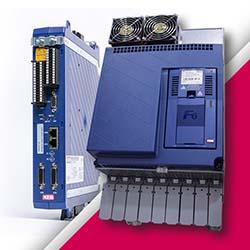China's Big Bid For Germany's Industry 4.0 Technology
A Soft Control Architecture: Breakthrough in Hard Real-Time Design for Complex Systems
Sensors Expo 2016 And The Missing Secret Ingredient
German manufacturers take aim at smart factories, mass customization
5 Real-Time, Ethernet-Based Fieldbuses Compared
Hannover Messe showcases Industry 4.0 innovations
These Five Exponential Trends Are Accelerating Robotics
A New Breed of Speed Reducer
Three ways to leverage IIoT
Why an Open "Plug-and-Play" Platform is The Answer for Industrial Automation
Full 5-axis or 3 + 2 Machining: Which is Right for You?
Examining 'Industry 4.0′ opportunities in Japan
Obama and Merkel open HANNOVER MESSE
46% of German companies use Industry 4.0 - survey
Process Data Readouts on a Smartphone: Safety Through Transparency
Records 1606 to 1620 of 1704
First | Previous | Next | Last
Automation & IIoT - Featured Product

